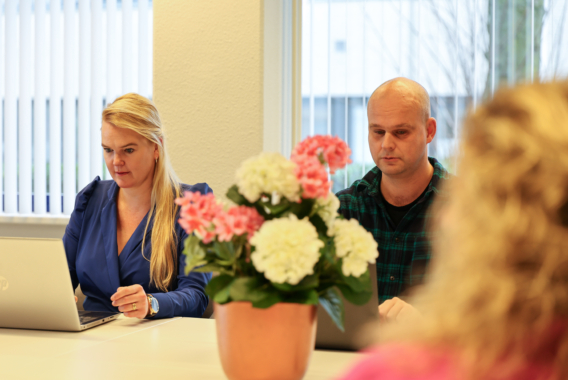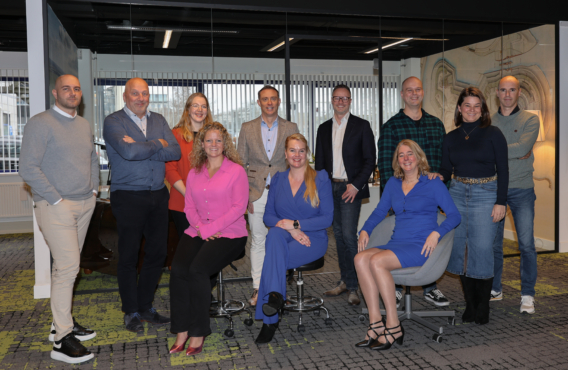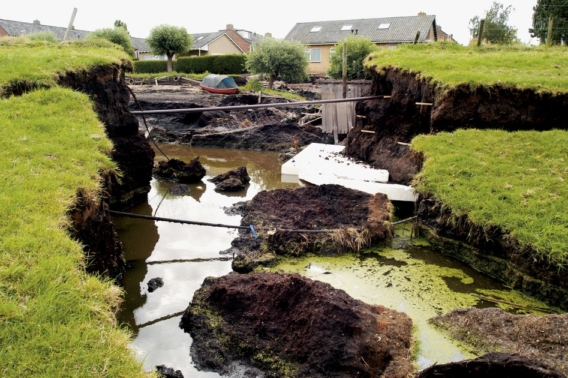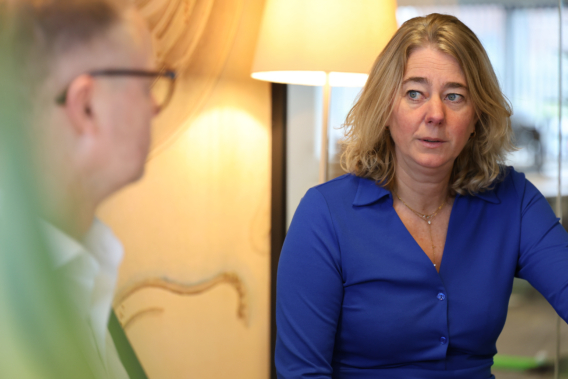In brief:
- Water stress (scarcity, quality & accessibility) threatens to become an issue for the Netherlands, where traditionally the problem with water has been too much, not too little!
- While the Dutch mortgage market has a big focus on energy saving measures as part of ESG improvements, water stress lacks attention.
- Fortrum calls on the Dutch government to include financing water savings measures in the existing arrangement for Energy saving measures in the Temporary Mortgage Loan Scheme (TRHK) that allows loans up to 106% of the market value of the property
- Lenders and mortgage advisors should incorporate improvements of water efficiency in their mortgage advice, customer propositions and underwriting criteria.
Water stress
Water stress (scarcity, quality & accessibility) is rapidly emerging as a key sustainability issue around the world, as population growth, urbanisation and climate change threaten to severely deplete the world’s finite supply of fresh water.
While water stress is conventionally an issue for developing countries, located within tropical latitudes or with historically arid climates, it threatens to become an issue for the Netherlands, where traditionally the problem with water has been too much, not too little!
Climate change is already affecting the Netherlands. The country is now on average 1.7 °C, warmer than a century ago. Modelling by the KNMI (the Royal Netherlands Meteorological Institute) suggests that the climate of the Netherlands will become more like that of Southern Europe over the coming century, with milder, wet winters and drier summers, and importantly, more frequent and prolonged droughts. This has clear implications for the supply of fresh water.
Stakeholder Perspectives
Stakeholders across government, civil society and consumers are beginning to mobilise to focus on water use as a key sustainability issue.
The Dutch government has developed comprehensive strategic plans (the National Water Strategy1 and the Delta Program2) to address water scarcity, as part of its national response to the challenges of climate change. These plans emphasise the need for a ‘circular economy’ approach to freshwater resources under which water is re-used in the system to the extent possible.
Water is also emerging as a key issue for civil society. As well as the evidence of the increasing threat posed by water stress, NGOs have been galvanised by water’s inclusion in the UN Sustainable Development Goals (“SDGs”), as goal number six ‘Access to Clean Water and Sanitation’.
While the focus of civil society groups is on developing economies (where the stress is both more severe and resilience weaker), developed economies have not been overlooked. A major focus for NGOs active in developed economies is on encouraging the more efficient use of water by individuals and households, with more use of water recycling systems.
Consumers are also supportive of efforts to use water more sustainably. A recent survey of Dutch households by KNW (an advisory body to the water sector) found that 65% of households are convinced of the need to use water more sparingly3. These sentiments are being backed with action through the established trend to purchase water efficient household appliances.
Relevance to Housing
Water stress is an issue for housing in two main ways. First, residential housing is typically among the largest consumers of water (Household consumption accounts for over 60% of all fresh water used in the Netherlands). This reflects the extensive use of water for purposes such as food preparation and, particularly, cleaning and sanitation. Consequently, housing has an important role to play in efforts to conserve freshwater resources and to use water more sustainably.
Second, and in another example of the ‘double materiality’ concept that characterises so many ESG issues, housing also contributes to the risk to which it is exposed. In this case, by contributing to the shrinkage in ground water levels caused by ongoing high levels of abstraction in the context of reduced precipitation. This can lead to increased structural damage from subsidence over time.
How is the housing sector responding?
Against the backdrop of increasing stakeholder pressure, there are signs that the ‘housing sector’ (occupiers, housebuilders, manufacturers and water companies) is beginning to rise to the challenge of using water more sustainably.
New technologies to reduce household water consumption, such as rainwater capture and recycling, green roofs and smart water meters have been developed and are being deployed. Several local initiatives have been launched to showcase the new technologies, such as the Superlocal development4 in Limburg, which operates a ‘closed water circuit’ to minimise water usage as part of its sustainable living approach.
These steps should enable households to cut consumption of freshwater, leading to lower water bills, and help keep abstraction of freshwater (crucial for limiting pressure on ground water resources) to sustainable levels. At the same time, the sector faces a few challenges in implementing these measures:
- The failure (so far) to transcribe general regulation and guidance on developing a circular approach to water use to specific building standards; and
- The price of water (which does not fully capture the external costs of water supply) and, therefore, disincentivises investment in water saving appliances and processed by residential households.
Progress will be required in both these areas if more widespread adoption of sustainable water usage within housing is to be achieved.
Implications for the mortgage sector
As sustainable water use becomes an increasing challenge for the Dutch housing sector, so it will become more important for mortgage advisors and lenders:
As with the related climate risk of energy efficiency, houses that are ‘water intensive’ (and thus face higher water costs) are likely to decline in value relative to those that are not. This has expected implications for future collateral values.
From another perspective: it is estimated that there are 750,000-1,000,000 buildings in the Netherlands on a foundation of wooden piles or on steel: these are sensitive to subsidence and low groundwater levels and, therefore, to drought. The damage caused by pile rot and differential settlement of buildings founded on steel in an unchanged climate is expected to be between €5 billion and €39 billion until 2050. Due to an increase in drought due to climate change (KNMI scenario WH+), this could increase by €3 to €15 billion. These amounts only include the risk for buildings: damage to infrastructure such as roads, bridges and utilities due to subsidence is not included. For the majority of the properties, the expected order of magnitude of repair costs is limited, between €500-10,000. A smaller proportion of the buildings will require thorough repairs and/or a new foundation: here the costs can rise to € 30,000-120,000.5
There may also be funding implications for lenders that operate on an origination and securitisation model. Many investors are seeking to align their investments to the SDGs. Therefore, it will be important that portfolios can demonstrate consistency with the UN Sustainability Goals, including on sustainable approaches to water use and sanitation.
Conversely, the need to upgrade the water efficiency of housing (again, as with energy efficiency) represents a significant opportunity to mortgage advisors and lenders.
What the sector needs?
The principal way that the finance sector can support the housing sector is through financing water efficiency improvements.
But legislation stands in the way, as mortgage lending is tightly regulated in the Netherlands and lenders have limited discretion to deviate from the terms of the Temporary Mortgage Loan Scheme (TRHK). It is already possible to lend up to 6% over the market value of the property to finance energy improvements in some circumstances. But this is not applicable for water savings measures. Fortrum, therefore, calls on the Dutch government to include financing water savings measures in the law.
More generally, lenders and mortgage advisors should incorporate improvements of water efficiency in their mortgage advice, customer propositions and underwriting criteria.
